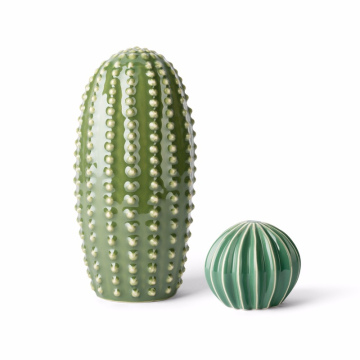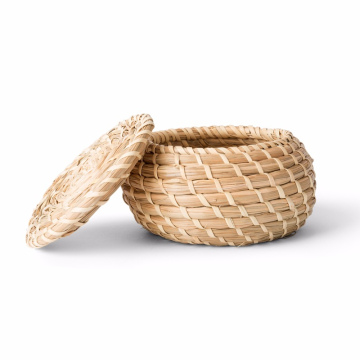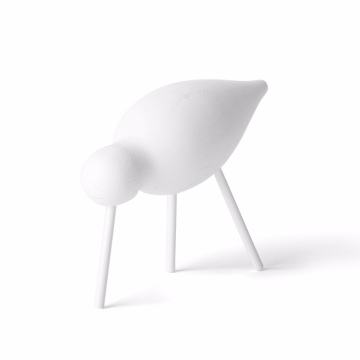The Art of Marinated Tuna: Discovering Maguro Zuke Don
Maguro Zuke Don is a refined Japanese dish that beautifully showcases the art of marinated tuna. The word maguro refers to tuna, zuke means marinated, and don refers to a rice bowl (donburi). This dish, built on the interplay of textures and flavors, exemplifies the precision of Japanese culinary traditions. Let's explore the dish in more depth, incorporating culinary terms and techniques.
Origins of Maguro Zuke Don
The term maguro refers to tuna, while zuke means "marinated," and don (short for donburi) refers to a rice bowl. This dish traces its roots back to the Edo period in Japan when fishermen and sushi chefs devised a way to preserve raw fish longer by marinating it in soy sauce. This technique not only enhanced the flavor but also kept the fish fresh in an era without refrigeration.
Maguro Zuke Don: A Fusion of Flavors and Techniques
The Tuna (Maguro)
At the heart of Maguro Zuke Don is the tuna (maguro), a prized fish in Japanese cuisine. Maguro is typically bluefin tuna, but other varieties like yellowfin or albacore can also be used. The tuna must be fresh, as this dish showcases its raw form, but it’s not just about freshness—it’s about texture and flavor. Tuna, particularly in its sashimi grade form, is prized for its firm yet tender flesh and rich, buttery flavor, which is accentuated through the marinating process.
- Sashimi Grade: This term means that the tuna has been carefully handled and frozen to kill any parasites, ensuring it is safe to consume raw. The flesh should have a glossy sheen, a sign of its freshness.
Marination (Zuke)
The key to the flavor profile of Maguro Zuke Don is the marination process. The tuna is briefly immersed in a marinade, which enhances its flavor without overpowering the delicate taste of the fish. This process is called zuke (漬け), where the word itself refers to the method of soaking or pickling ingredients in a liquid.
The marinade typically consists of:
- Soy Sauce (Shoyu): The foundation of the marinade, soy sauce brings a salty umami flavor. It imparts savory depth, but its saltiness needs to be balanced with the sweetness of mirin.
- Mirin: A sweet rice wine that balances the saltiness of soy sauce. The sugary notes of mirin also add a slightly syrupy richness to the overall flavor profile.
- Sake: Sake is used to tenderize the tuna and add complexity. It also contributes to the aromatic qualities of the marinade, making it slightly fruity with a subtle alcoholic warmth.
- Dashi: This Japanese stock made from kombu (dried kelp) and bonito flakes (dried fish flakes) contributes umami and an earthy savory essence to the marinade. Not always included, but its presence adds a layer of complexity to the dish.
- Sesame Oil or Wasabi: A few drops of sesame oil lend a nutty aroma, while wasabi adds a spicy kick that brings out the tuna's richness.
The tuna is left in this marinade for 15 to 60 minutes, depending on how intense you want the flavor to be. Longer marination times will result in a deeper flavor penetration, but it’s crucial not to over-marinate, as this can turn the tuna too salty or lose its delicate texture.
The Rice (Shari)
The rice in Maguro Zuke Don plays a crucial role in balancing the marinated tuna’s bold flavors. Japanese rice, specifically short-grain rice, is used for its sticky and moist texture, which allows it to cling to the fish, creating a satisfying mouthfeel. The rice is often seasoned with a little rice vinegar, sugar, and salt to create sushi rice (shari), which adds a subtle tanginess that cuts through the richness of the tuna.
- Shari (寿司飯): Sushi rice is slightly vinegary with a touch of sweetness. This seasoning balances the umami of the tuna, the saltiness of the soy sauce, and the overall richness of the dish.
- Temperature of the rice: The rice should be warm, not hot, allowing the tuna to rest on top without cooking but gently absorbing the aroma of the steam.
The Presentation and Garnishes
Presentation is integral to Japanese cuisine. Maguro Zuke Don is meant to be visually appealing, balancing the rich, dark red of the marinated tuna with the whiteness of the rice and the freshness of garnishes. This step not only enhances the dish's aesthetic appeal but also its flavor profile. Here’s how you elevate the bowl:
- Nori (Seaweed): Thin strips of nori (dried seaweed) provide a crisp texture that contrasts the softness of the rice and tuna. Its umami also complements the marinade.
- Sesame Seeds: Toasted sesame seeds add a nutty crunch that works well with the tender fish and slightly chewy rice.
- Scallions (Negi): Thinly sliced scallions (green onions) provide a fresh, sharp contrast to the richness of the tuna and add a bit of crunch.
- Wasabi: A small dollop of wasabi offers a spicy heat that cleanses the palate and enhances the natural flavors of the fish.
- Raw Egg Yolk (Optional): For an added luxury and creamy texture, a raw egg yolk can be placed on top. The richness of the yolk blends with the marinade, creating a silky, smooth sauce that envelops each bite of tuna.
Culinary Techniques
The process of making Maguro Zuke Don requires a delicate balance of flavor layering and precision timing:
- Slicing the Tuna: The tuna must be sliced into uniform, thin pieces, which allows the marinade to coat each slice evenly and helps in the dish’s visual appeal.
- Marination Technique: You want the tuna to soak in the marinade for just enough time to imbue it with flavor but not to the point where it loses its textural integrity. Over-marination can cause the fish to become mushy or overly salty.
- Rice Handling: The rice should be treated gently, never stirred too roughly after it has been cooked. It must be fluffy, with each grain distinct but not dry or clumpy.
The Balance of Flavors
In Japanese cuisine, there’s an emphasis on seasonality and balance. The interplay of umami, sweetness, saltiness, and richness in Maguro Zuke Don creates a dish that is satisfying on many levels. Each component is carefully crafted to highlight the natural beauty of the tuna while complementing it with simple but flavorful accompaniments.
- Umami: The soy sauce, dashi, and tuna itself bring rich, savory notes.
- Sweetness: The mirin and rice seasoning add a light sweetness to contrast the umami.
- Saltiness: The soy sauce and salted rice help create a perfectly balanced base.
- Acidity and Freshness: Scallions, nori, and wasabi offer clean, fresh, and slightly sharp elements to cut through the richness.
Conclusion
Maguro Zuke Don is not just a meal; it’s an experience that celebrates the balance of fresh, high-quality ingredients and precise culinary techniques. With its tender marinated tuna, perfectly seasoned rice, and harmonious garnishes, it embodies the essence of Japanese cooking—simple, beautiful, and deeply flavorful.






